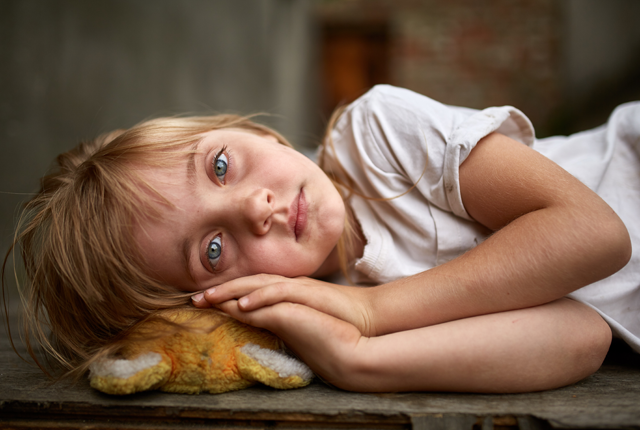

High housing costs contribute to many whānau living in poverty. More than 30% of the lowest income households with tamariki spend more than half of their income on housing costs.
Around 25% of tamariki live in houses that are sometimes damp and 18% in houses that sometimes have mould.
HEALTHY FOOD
56% of tamariki living in whānau receiving financial assistance don't always have enough healthy food to eat, compared to just 12% of tamariki living in whānau not receiving financial assistance.
POLICY
One of the best ways to reduce the number of tamariki in poverty is to raise whānau incomes by increasing benefits.
HOPE FOR THE FUTURE
Our response to COVID-19 has shown us what’s possible when we work together and look out for each other. Current and future governments can choose to invest in solutions that unlock the constraints of poverty. Working together we can set a course for a better future where everyone flourishes.
CHILD LABOUR
Nearly 1 in 10 children are subjected to child labour worldwide, with some forced into hazardous work through trafficking.
Whatever the cause, child labour compounds social inequality and discrimination, and robs girls and boys of their childhood. Unlike activities that help children develop, such as contributing to light housework or taking on a job during school holidays, child labour limits access to education and harms a child’s physical, mental and social growth. Especially for girls, the “triple burden” of school, work and household chores heightens their risk of falling behind, making them even more vulnerable to poverty and exclusion.